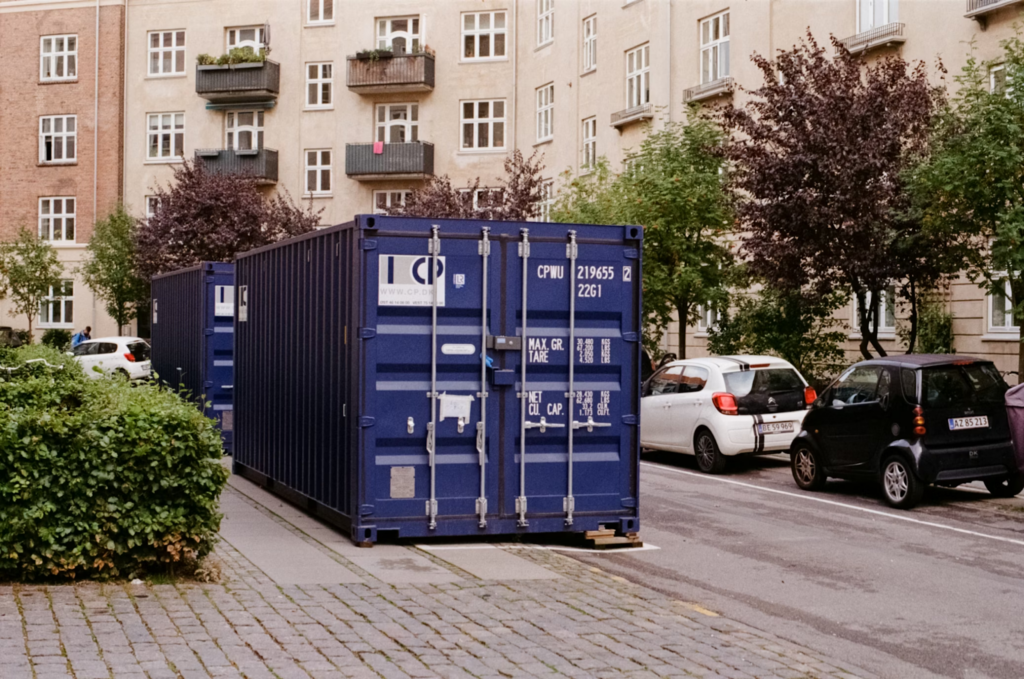Moving can be a stressful time, and if you’re bringing sensitive documents along, the challenge only increases. Ensuring your personal information remains safe during transit requires careful planning and secure packing. Whether it’s passports, financial statements, birth certificates, or medical records, these documents are crucial to protect. Before you start packing, consider organizing everything in a way that reduces stress and makes unpacking easier.
 One essential step is to protect sensitive documents before moving by carefully categorizing them and choosing secure storage options. By separating critical items and handling them with extra care, you’ll make it easier to track important documents throughout the moving process and ensure they stay safe from damage or loss.
One essential step is to protect sensitive documents before moving by carefully categorizing them and choosing secure storage options. By separating critical items and handling them with extra care, you’ll make it easier to track important documents throughout the moving process and ensure they stay safe from damage or loss.
Now, let’s dive into practical tips for packing and securing sensitive documents.
Organize Your Documents by Priority and Sensitivity
Sorting documents by priority can greatly simplify the packing process and ensure that the most crucial items are readily accessible when needed. Start by creating distinct categories for your important documents, such as identification cards, property papers, health records, and financial statements. By using labeled folders to organize these documents by type, you can quickly identify their contents without having to open each folder repeatedly.
Choose Secure Storage Options
Once your documents are sorted, use a secure container to pack them. Fireproof and waterproof document bags are ideal for transporting sensitive documents because they provide additional protection against environmental factors that could damage your files. You might also consider using a portable lockbox, which can add an extra layer of security. These boxes are typically sturdy, easy to carry, and difficult to open without a key or combination.
Use Anti-Tamper Seals
Anti-tamper seals are an excellent addition to your packing strategy, especially for documents with sensitive information. These seals can indicate whether anyone has attempted to open or tamper with your package during the move. Place these seals on the folders or containers holding your documents as a simple but effective safeguard.
Make Digital Copies for Backup
Accidents can happen despite the best preparation, which is why having digital copies of your sensitive documents can be a lifesaver. Scan or photograph each document and save the files on a secure, password-protected cloud service. Make sure to choose a service with strong encryption to ensure your documents remain private. Having these digital backups means you’re prepared in case any documents are misplaced or damaged. You may also want to store copies on an encrypted USB drive, which you can carry separately for added safety. However, always protect these backups with passwords or encryption to prevent unauthorized access.
Keep Documents with You When Possible
If your move allows it, keep sensitive documents in your possession rather than placing them with other household items on a moving truck. By carrying them yourself, you reduce the risk of theft, loss, or misplacement. This approach also gives you immediate access to the documents if you need them during the move.  Use a small backpack or secure travel bag specifically for these items. Make sure the bag stays with you at all times and is not left unattended. If you’re traveling a long distance, keep the documents in a carry-on bag or another personal item that remains under your control.
Use a small backpack or secure travel bag specifically for these items. Make sure the bag stays with you at all times and is not left unattended. If you’re traveling a long distance, keep the documents in a carry-on bag or another personal item that remains under your control.
Only Tell Key People Where Your Documents Are
For added security, limit the number of people who know where you’ve packed your sensitive documents. If you’re working with professional movers, only provide information about these items if absolutely necessary, and avoid discussing their locations in front of others. Being discreet about the storage location can help keep potential threats at bay. If you’re moving with family or friends, only inform those directly involved in the move, and remind them of the importance of handling these items carefully.
Label Carefully but Discreetly
Labels can be helpful, but it’s essential to use discretion when labeling containers with sensitive documents. Avoid overly detailed labels like “bank statements” or “passport” that could attract unwanted attention. Instead, use coded labels or color-coded systems to identify contents discreetly. For instance, you could label sensitive document boxes with a neutral code that only you understand.
Unpack Sensitive Documents First
When you arrive at your new home, prioritize unpacking your documents. Check that everything has arrived safely and remains in its original condition. Unpack them carefully, taking note of any signs of tampering or damage. This step allows you to quickly identify any issues and address them promptly.
Final Thoughts
Protecting sensitive documents during a house move requires a combination of organization, secure packing, and caution. By planning ahead and taking a few extra steps, you can keep important papers safe and avoid the stress of lost or damaged documents. Remember, a bit of preparation goes a long way in preserving your privacy and security as you settle into your new home.
